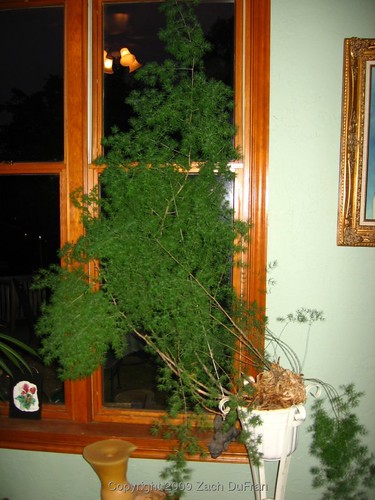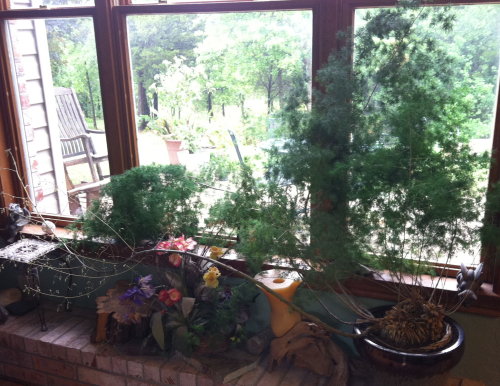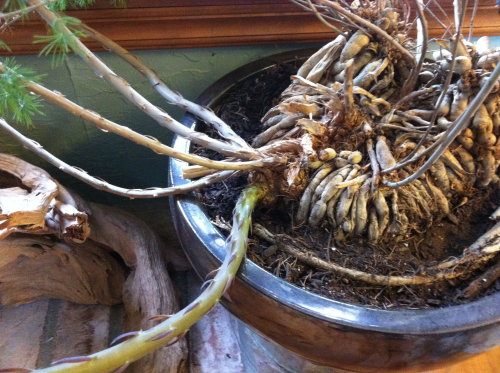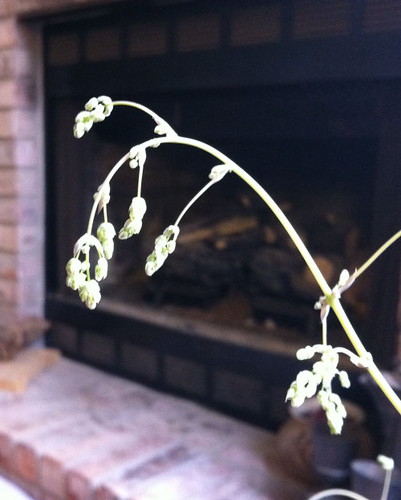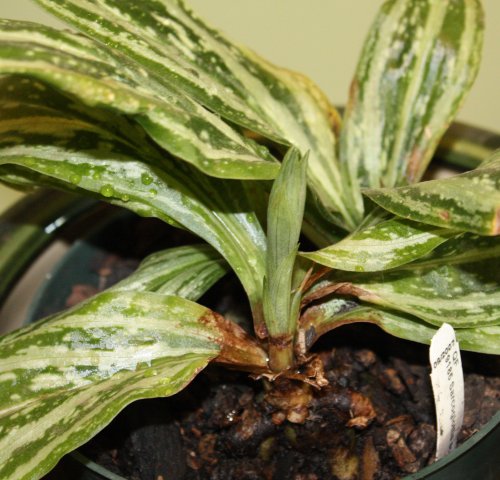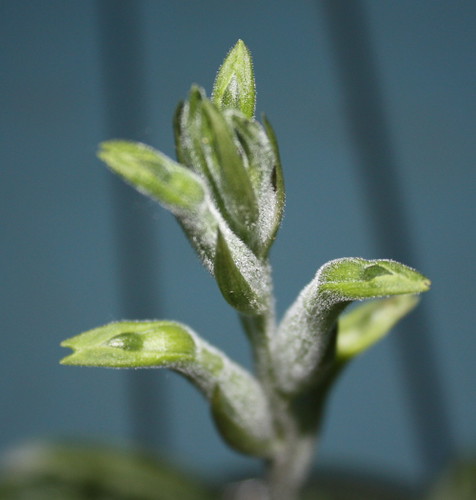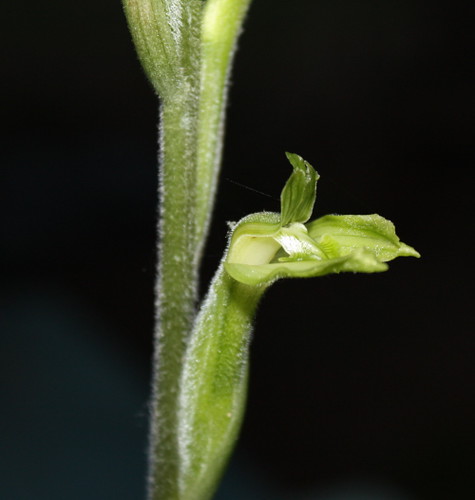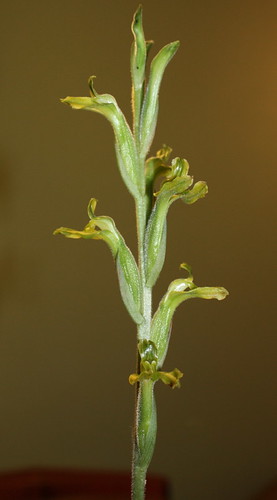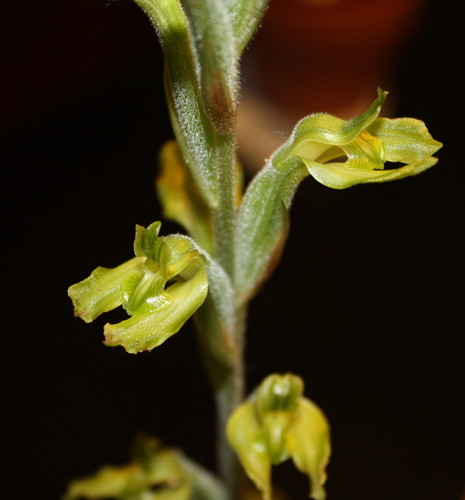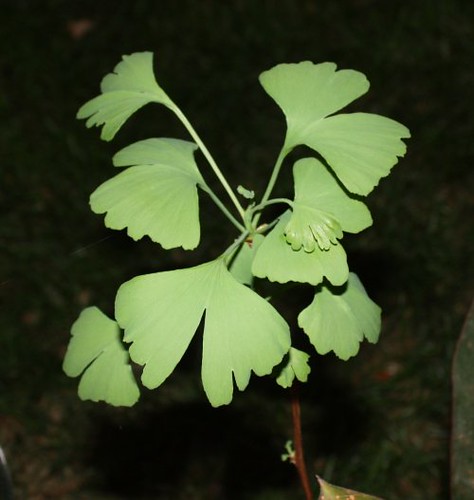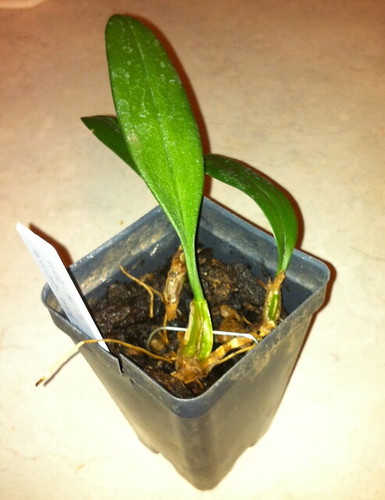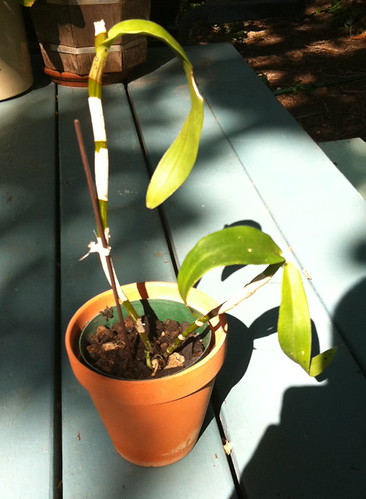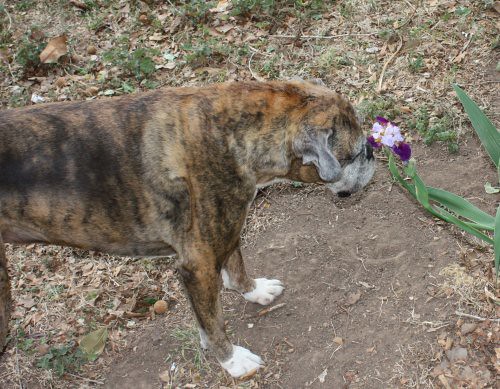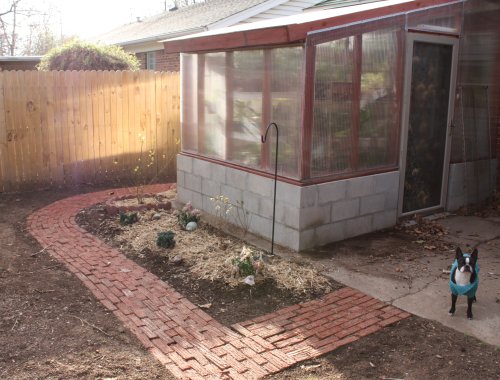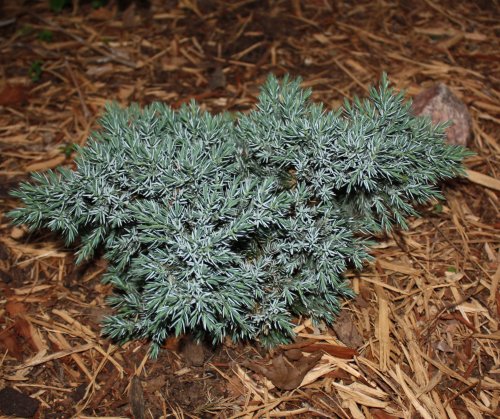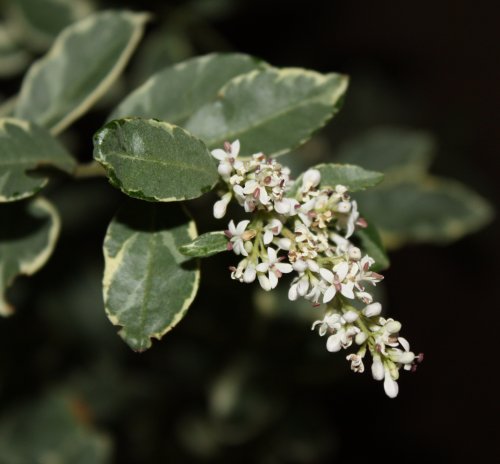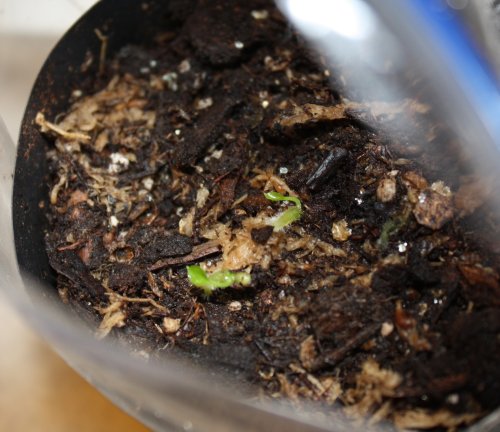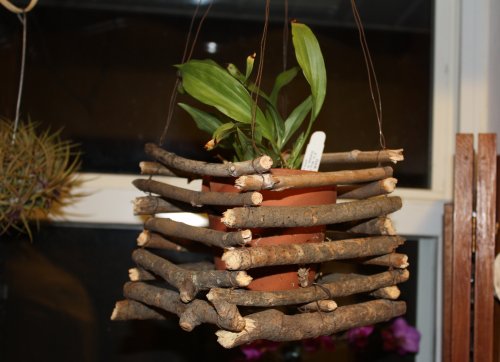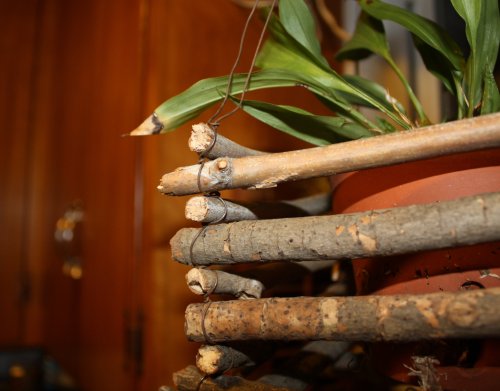Each year we plant new stuff in our corner garden. It's always a bit of a test to see what can become established, what we will remember to water, etc. We always start with good intentions, but somewhere along the way it gets really hot and dry in the middle of the summer and we forget to water for a week or two and before you know it, we've lost some of our new plants.
This year we have started off with really good habits. During this time of year we are normally allowing nature to water our garden, but this spring has been particularly dry. To top it off, we laid out some Fescue grass sod about a month ago, so we were
forced to be vigilant with our watering efforts. Since we have been watering our sod and our
new garden around the greenhouse, we have also been dragging the hose out to the corner garden and watering those new and established plants - to give them the water they are expecting at this time of year.
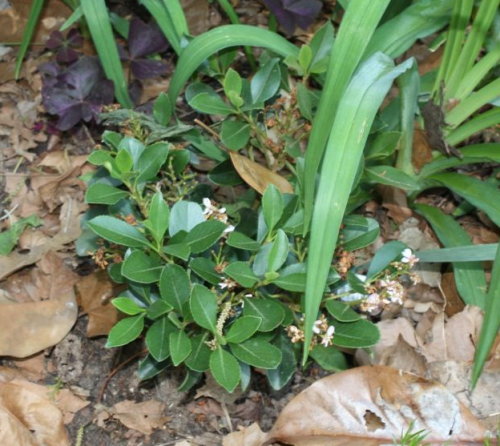 |
| Indian Hawthorn (Rhaphiolepis indica) |
A plant that I have admired in some flowerbeds around town is the Indian Hawthorn (
Rhaphiolepis indica). After first seeing it blooming and subsequently producing blue berries in the flowerbeds in front of my office building, I searched online to find out what it was. I read that it was sometimes a challenging plant to grow, but I observed that no one was giving it special care in the flowerbeds at the office. In fact, I saw it growing in several other flowerbeds that receive irregular attention through the year. When I saw this plant being offered pretty cheap at Lowe's, I snatched one up to try in the corner garden - saving my receipt, in case it doesn't work out. (I hope you know that Lowe's has a 1 year guarantee on their plants...)
 |
| One of the new Gauras, in bud but not yet opened. Sorry for the fuzzy picture. |
We have planted Gauras (
Oenothera sp., sometimes called "Butterfly Weed") in the corner garden before and lost them. They are mildly drought tolerant, but need to become established first. In other words, if you toss them in the ground, squirt them with the hose and then let them sit in the baking sun for the rest of the summer, they probably won't make it. But if you give them some TLC for a year and then leave them to nature, they should be much more successful. We got two beautiful mature Gauras this year and planted them in our brick garden around the greenhouse. They have been growing steadily and blooming up a storm, since we have been watering them regularly. So then I saw some smaller Gauras for a really good price ($2.49) and I snatched up two of them for the corner garden.
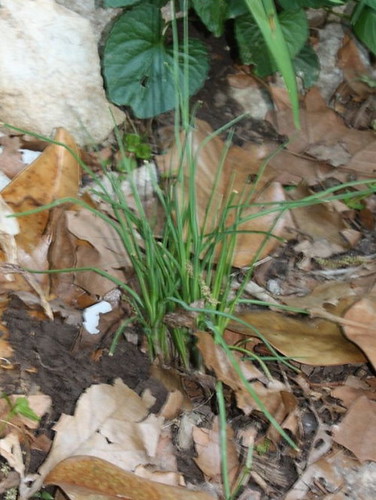 |
| New Kniphofia, which is still quite small. Again, sorry for the fuzzy picture. |
One of the really cool plants native to Ethiopia that we can actually grow outdoors in zone 7 is the
Kniphofia. My granddad actually had one of these growing in his front flowerbed a couple of years ago. I saw a large one up in Seattle last year and it is really a cool plant. My plant is tiny for the time being, but I'm hoping it will grow enough to produce the really neat red, orange and yellow blooms this summer.
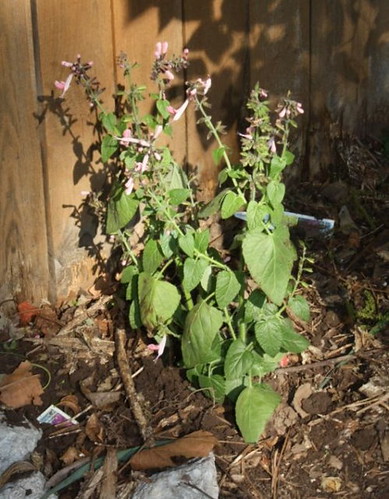 |
| New light pink Salvia |
We also added some of the purple/blue creeping
Phlox, Christie's favorite spring bloomer. We have had a couple of them in the corner garden, but a couple didn't come back this year.
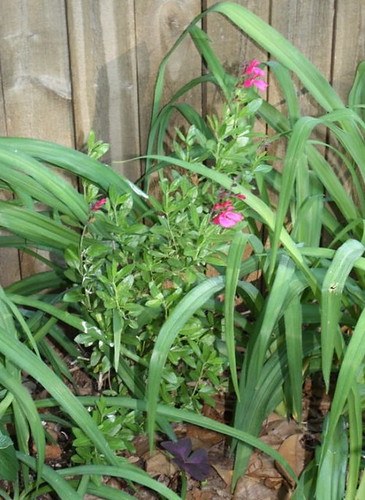 |
| Salvia greggii which we planted last year. It's getting bigger this year and has been blooming constantly. |
I'm really happy to see that a couple of our additions from the last two years are thriving again this year - the Pink Preference Autumn Sage (
Salvia greggii 'Pink Preference') and
Elaeagnus. The Blue False Indigo (
Baptisia australis v. minor) from two years ago is still just a tiny plant. I really home this is the year that it takes off and blooms!
